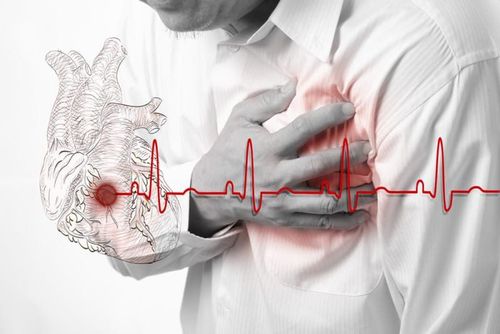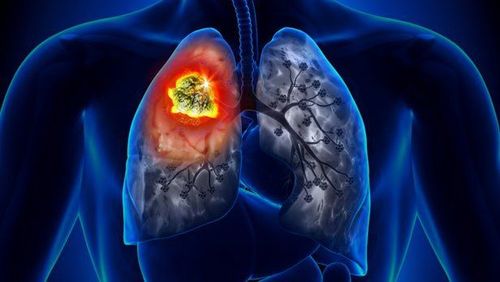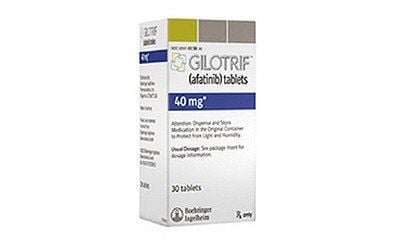This is an automatically translated article.
The article is professionally consulted by Master, Doctor Nguyen Huy Nhat - Department of Medical Examination & Internal Medicine - Vinmec Danang International General Hospital. Doctor Nguyen Huy Nhat has many years of experience in the field of respiratory disease treatment.Currently, lung diseases are one of the most dangerous diseases. With the process of industrialization, smog pollution or the habit of using tobacco are the main causes of lung diseases.
Here are the most common lung diseases and specific symptoms:
1. Pneumonia
Pneumonia is an inflammation of the lung parenchyma usually caused by bacteria, viruses, fungi, or other agents. Pneumonia is a particularly worrisome problem for the elderly, those with chronic medical conditions, or those who are immunocompromised, but it can also occur in healthy young people. It is also the leading cause of death for children worldwide. The signs and symptoms of pneumonia are often very similar to those of colds and flu.Fever, cough with sputum, chest pain, shortness of breath are common symptoms. Symptoms can vary depending on the cause of the pneumonia.
2. Bronchitis
Bronchitis is a condition in which the bronchial tubes that carry air in and out of the lungs become infected. Colds, flu, or irritants like pollen or smoke can cause bronchitis. You may experience dry, productive coughs. See your doctor if symptoms persist for more than 1 week.If you have a fever or bloody mucus, you need to immediately check your health for timely treatment prescriptions. You can practice breathing to help treat bronchitis.
3. Chronic Obstructive Pulmonary Disease (COPD)
This is a form of obstructive airway disease (airway - bronchi) that is irreversible due to chronic inflammation of the airways caused by smoking, pipe tobacco or exposure to dust and smoke in the environment. The disease usually gets worse over time.Chronic obstructive pulmonary disease can be prevented by limiting exposure to causes such as not smoking, active and passive smoking, vaccination against respiratory diseases to avoid chronic obstructive pulmonary disease caused by chronic obstructive pulmonary disease (COPD). have had other respiratory diseases since childhood.
Enhance environmental air quality at home and work, do a good job of labor protection.
4. Lung cancer
This is one of the dangerous diseases caused by the development of malignant tumors in the bronchial epithelium. Lung cancer is one of the cancers with high malignancy of the body, treatment is still difficult today.Lung cancer has 2 main types: small cell lung cancer and non-small cell lung cancer. The main cause of the disease is smoking, pipe tobacco or exposure to smoke dust in the environment. Therefore, give up smoking, improve the living environment to prevent lung cancer.

5. Pleurisy (inflammation of the pleura)
Pleurisy is a condition in which the tissues lining the outside of your lungs or inside your chest become inflamed and rub together. This causes sharp pain in the chest that becomes more uncomfortable when you breathe.You may also have a cough or difficulty breathing. Viruses, bacteria, or fungi as well as certain medications, injuries, and illnesses can cause this. Treatment depends on the cause. If your illness is caused by a bacterial infection, then you can use antibiotics to treat it.
6. Pulmonary embolism
A pulmonary embolism is when your body forms a blood clot, usually in your legs, and then travels to your lungs. This condition impedes blood flow and causes damage to lung tissues. At that time, you may experience respiratory symptoms as well as chest pain, cough, and sometimes bloody cough.The place where the blood clot forms may be swollen or painful. This condition can be treated with blood thinners as well as medication or surgery.
7. Pulmonary edema
Pulmonary edema is a condition in which excess fluid builds up in the air sacs in the lungs. This makes it hard to breathe and makes it uncomfortable to lie down. You may also experience symptoms such as a fast heartbeat, feeling suffocated, coughing up foam at the mouth, or coughing up blood.8. Pulmonary fibrosis
This disease occurs when the tissues inside the lungs become abnormally thick and stiff. This condition interferes with the absorption of oxygen into the blood, brain, and other organs. You may feel short of breath and have a dry cough that is hard to control.This disease is particularly serious and can be life-threatening if you have it for many years. You can ask your doctor to help you manage your symptoms effectively.
Although the exact cause of the disease has not been found so far, it can be due to genetics, smoking as well as infection with certain viruses.
9. Pneumonia
The disease is triggered when you breathe in dust, usually from asbestos, sand, stone or coal. If your lungs absorb dust, it becomes infected and forms a scar.With this disease, you may not feel any effects for many years. But then you may develop coughing, shortness of breath, or chest tightness.
For treatment, your doctor will give you medication, give you oxygen, and use respiratory therapy to help completely treat your symptoms and possible complications such as asthma or COPD.
10. Pulmonary arterial hypertension
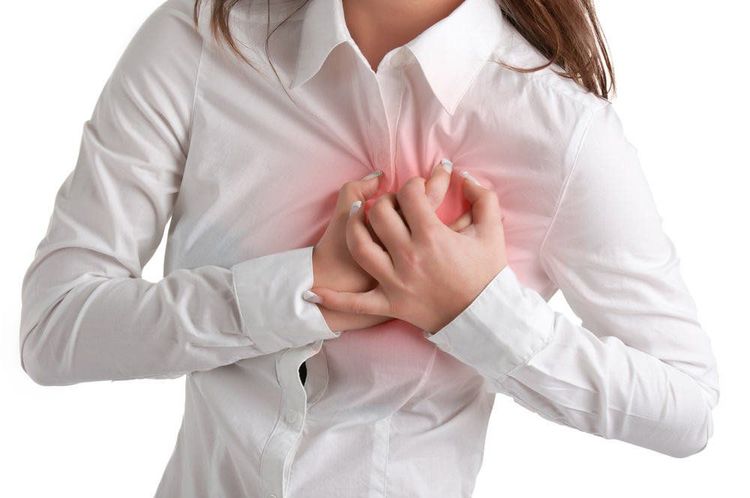
But you may not realize these symptoms for months or even years. To treat the disease, you need to relax the blood vessels in many ways or maybe surgery.
11. Cystic Fibrosis
The disease occurs if you inherit a gene that causes mucus to build up in the lungs and other organs of the body. This attracts bacteria that give you constant infections, leading to lung damage and outbreaks of respiratory problems.Children with cystic fibrosis may be underdeveloped because mucus makes it difficult for them to absorb nutrients from food.
12. Respiratory distress syndrome
Respiratory distress syndrome often develops in premature infants. This is because your baby can't make surfactant, the liquid that helps open up the lungs.Children with this disease often have difficulty breathing and there is not enough oxygen in their body parts. Your baby may breathe shallowly, quickly, or have redness in his nostrils. To treat this syndrome, you need to attach a breathing tube to your baby so that he can provide adequate surfactant until he can breathe normally on his own.
13. Sarcoidosis
The disease starts when cells called granulomas grow in your lungs. According to the doctor, this could be the immune system's response to something you breathe in.When sick, you will have symptoms such as dry cough, shortness of breath, fever, fatigue, wheezing or chest pain. This disease usually goes away on its own. However, your doctor can help you control your symptoms with medication and conduct tests.
14. Asthma
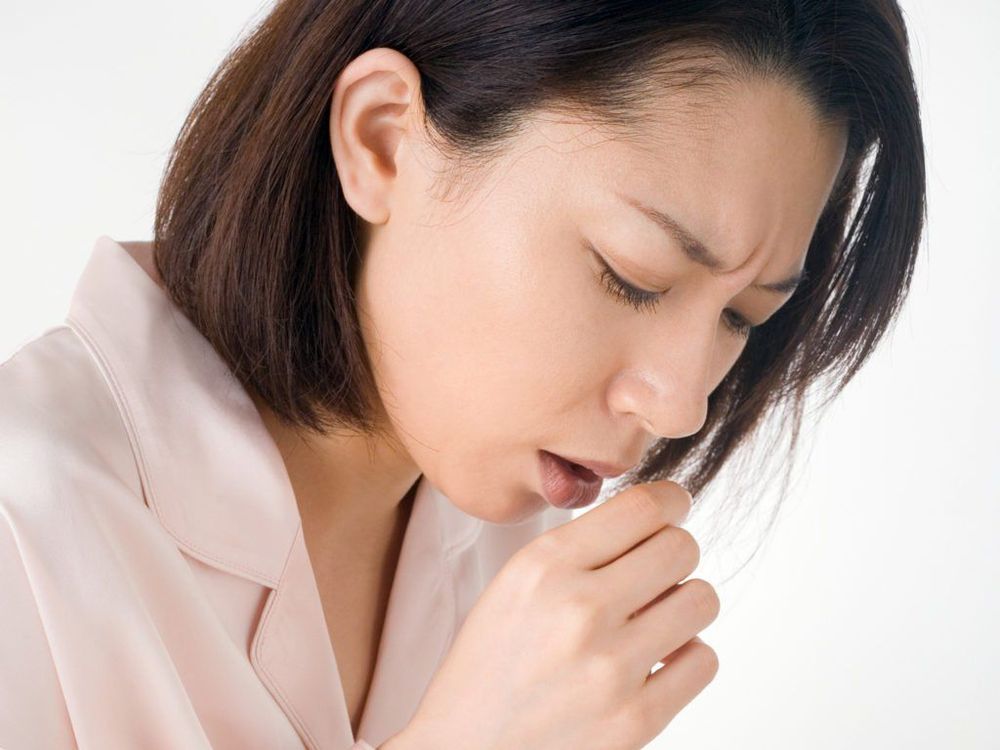
This inflammatory process is often accompanied by increased bronchial reactivity to many bronchospasm-inducing stimuli. Pollen, chemicals, biological dust, fungi, molds, bacteria, inorganic dust ... are the first cause of people with atopic allergies, especially asthma patients who have recurrent asthma attacks or disease outbreaks.
Besides, due to high humidity, many allergens develop (especially house dust bugs), the body's resistance decreases... also makes asthma worse in winter. spring compared to other seasons.
Please dial HOTLINE for more information or register for an appointment HERE. Download MyVinmec app to make appointments faster and to manage your bookings easily.





